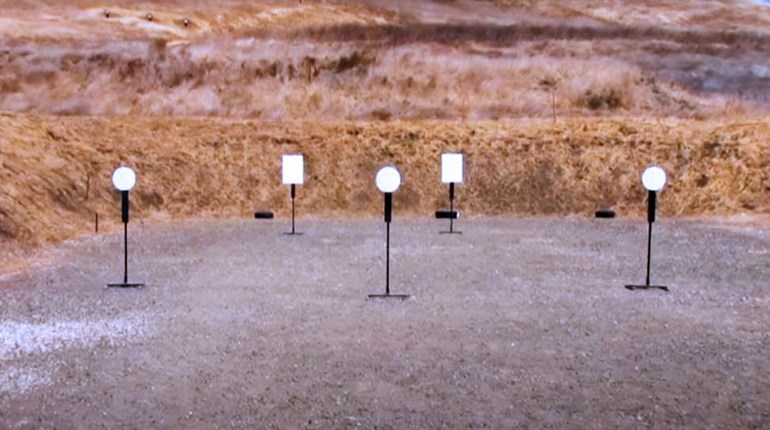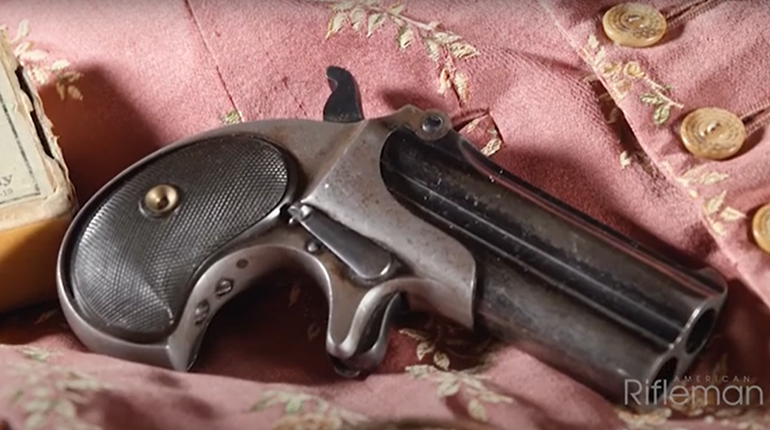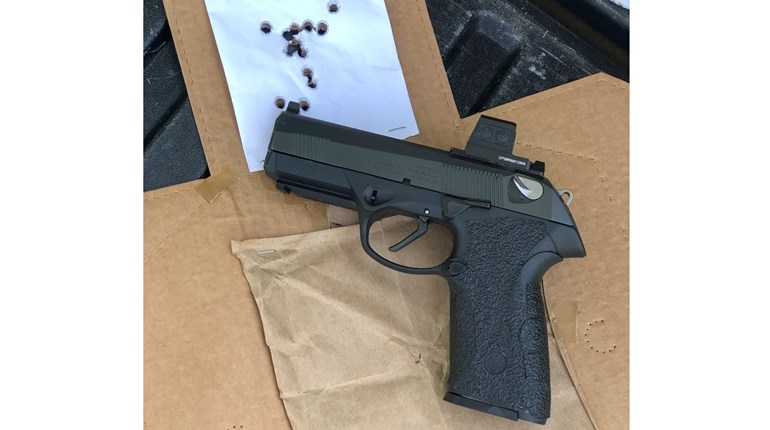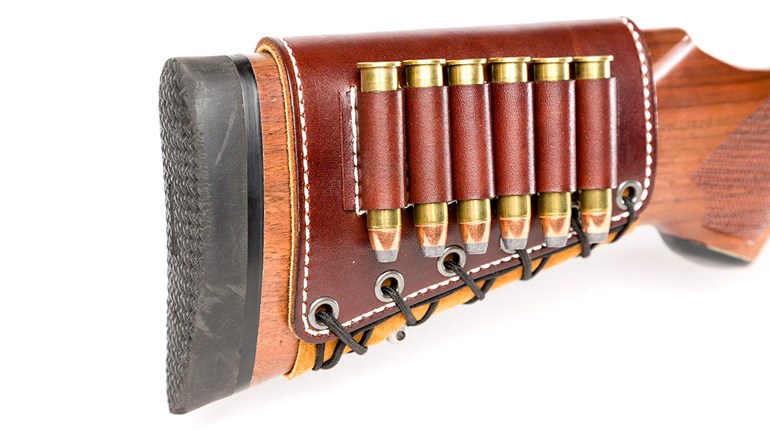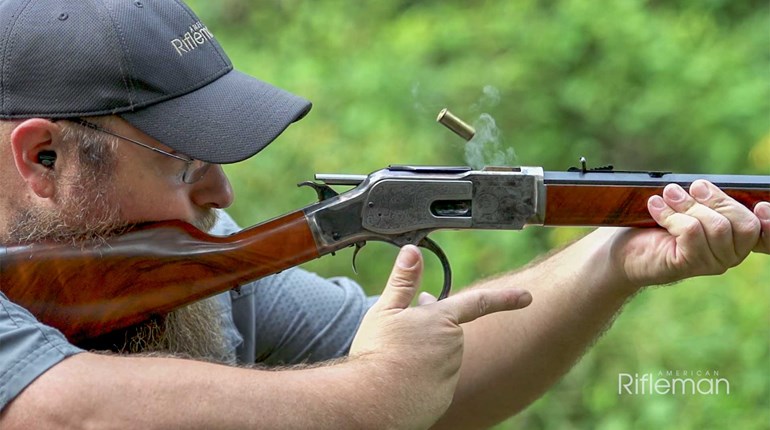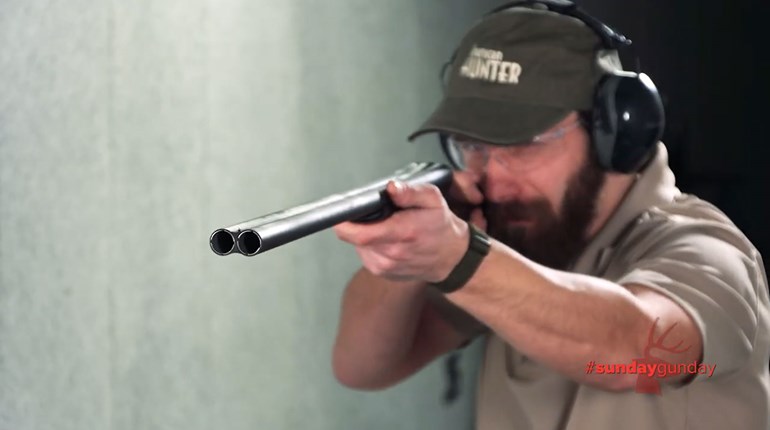
During the 1700s, the Age of Sail, England ruled the world because it ruled the world’s oceans. The pinnacle of England’s greatest glory, it was a time of tall ships, iron-fisted captains, bloody sea battles, and yes, swashbuckling pirates. Unfortunately, for the average Royal Navy sailor, life at sea was often much less than glorious.
Being a sailor on any ship at the time, military or private, was extremely dangerous work. Mortality rates of 40 percent to sometimes as high as 50 percent were not uncommon during the long months or even years spent at sea during a single voyage. Both officers and enlisted men died from accidents, communicable diseases, and, of course, combat. Caught in a hurricane, an entire fleet could be wiped out: ships, sailors, cargo, everyone and everything destroyed.
One of those Royal Navy sailors who had been fortunate to survive more than a decade at sea was John Bulkeley. Serving on the British ship HMS Wager, he had worked his way up from seaman to the important, prestigious position of gunner. A gunner was responsible for maintaining all the armament aboard ship, from cannons to small arms. As one commander at the time emphasized, “A gunner at sea ought to be skillful and courageous; for the strength of the ship is put into his hands.” A naval manual in 1747 added that a gunner must be a “sober, careful, honest man.” Bulkeley had all of those attributes, as well as being a natural leader.
Bulkeley’s most important task during battles at sea was overseeing the firing of the many cannons onboard ship. Each of the big guns weighed two tons, their barrels measuring 8 to 10' in length. In anticipation of a fight, wooden gunports were opened along both sides of the ship, a sure sign that a vessel meant business. It took at least half a dozen sailors, working as a team, to load and fire each of the big cannons.
The first step in the firing sequence was for the so-called powder monkey—usually one of the cabin boys—to fetch a cartridge containing several pounds of black powder from the magazine hold below decks. The gunpowder was stored there to be as protected as possible, as just one errant spark could blow up an entire ship. The cartridge was handed off to one of the gun crew who shoved it down the muzzle of the cannon with a ramrod. Another team member, the loader, then lifted a heavy cannonball into the gun’s muzzle, ramming it down the barrel. He followed that with a wad of rope to hold the ball in place. Each of the cannons was mounted on its own four-wheeled carriage, and once the loading was completed, the men rolled the great gun forward into shooting position, using ropes on a pulley system, until its deadly snout protruded from the firing porthole.
Unlike armies fighting on land, there were no fixed positions on the sea, no set battle-lines. Instead, sea battles were engaged by ship captains maneuvering their armed sailing ships (known as men-of-war) so as to approach alongside enemy ships. This approach took great skill and timing, as wind, waves, and currents all had to be taken into account and last-minute adjustments made. If several ships were fighting as a team, they formed a line behind the lead ship, becoming known as ships-of-the-line.
To make every shot count, captains attempted to sail their ships as close as possible to enemy vessels before firing their cannons, near point-blank range at times. It was said that Bulkeley “knew the precise point on a cresting wave when a crew should unleash fire.” Each gun team worked in hurried silence so as to clearly hear the orders being shouted out during the heat of battle: “prick the cartridge, point the gun, take your match, fire!”
Hearing those orders, the matchman, who was also the head of a gun team, jammed a slow-burning wick into the touchhole at the closed end of the cannon. The wick subsequently ignited the gunpowder in the barrel and the cannon fired. Bucking and roaring fiercely, the huge gun lunged backwards several feet, its rearward motion stopped by a breeching rope. The gun crew then recommenced the firing sequence, working quickly to get off as many shots as possible as the two ships passed, pounding away at each other.
In addition to round cannonballs, also fired from the big guns were grapeshot, bar shot, and chain shot. Grapeshot was exactly what it sounds like, round metal projectiles about the size of grapes. When aimed at an enemy’s crew exposed on the deck of their ship, grape shot acted much like pellets from a gigantic shotgun, killing/wounding many men in a single blast. Bar shot and chain shot, on the other hand, were fired into any enemy ship’s rigging, its sails and masts. The reasoning being that if an enemy ship could be disabled to the point that it could no longer maneuver, the battle was essentially over.
Another combat technique was known as firing a “broadsides”, essentially touching off all the cannons on one side of a ship at the enemy all at once. If the aim was accurate, it’s easy to imagine how devasting a broadsides could be, quickly ending a confrontation. Today, a broadsides has come to be known as a strongly worded critical attack of someone or something.
There are other terms of speech we still use today that date to the time of tall ships. For instance, a “loose cannon” is someone who is out of control, doing great damage by their actions. It refers to a cannon on a ship that was not secured by ropes during rough weather. The term “under-the-weather,” used to describe someone who is ill, comes from the fact that a sick sailor was assigned to his hammock below decks. In other words, he was not forced to be out in the weather working, as usual, on the main deck.
The term “limey” has to do with the debilitating health condition of scurvy. It affected sailors both physically and mentally, and was so devastating that scurvy was responsible for ending the lives of more mariners than all the other dangers of the sea combined. As it turned out, scurvy is nothing more than a vitamin C deficiency, brought on by a lack of raw vegetables and fruits in a sailor’s diet. The English were the first to figure that out, and began giving their sailors limes to ward off the condition. As a result, a “limey” has since become a reference to anyone hailing from England.
As for John Bulkeley, there is more to his life’s story. In May of 1741, nine months after sailing from Portsmouth, England, the Wager was shipwrecked during a storm off Cape Horn along the southern tip of South America. If you’d like to read the details of that harrowing event, pick up a copy of David Grann’s 2023 book The Wager: A Tale of Shipwreck, Mutiny, and Murder.
As the title hints, the story involves much more than a shipwreck. There is insufficient room to tell that compelling tale here, but suffice it to say that Bulkeley survived, and after returning to England moved with his wife and children to America where the family lived in Pennsylvania before eventually fading from the pages of history.



























